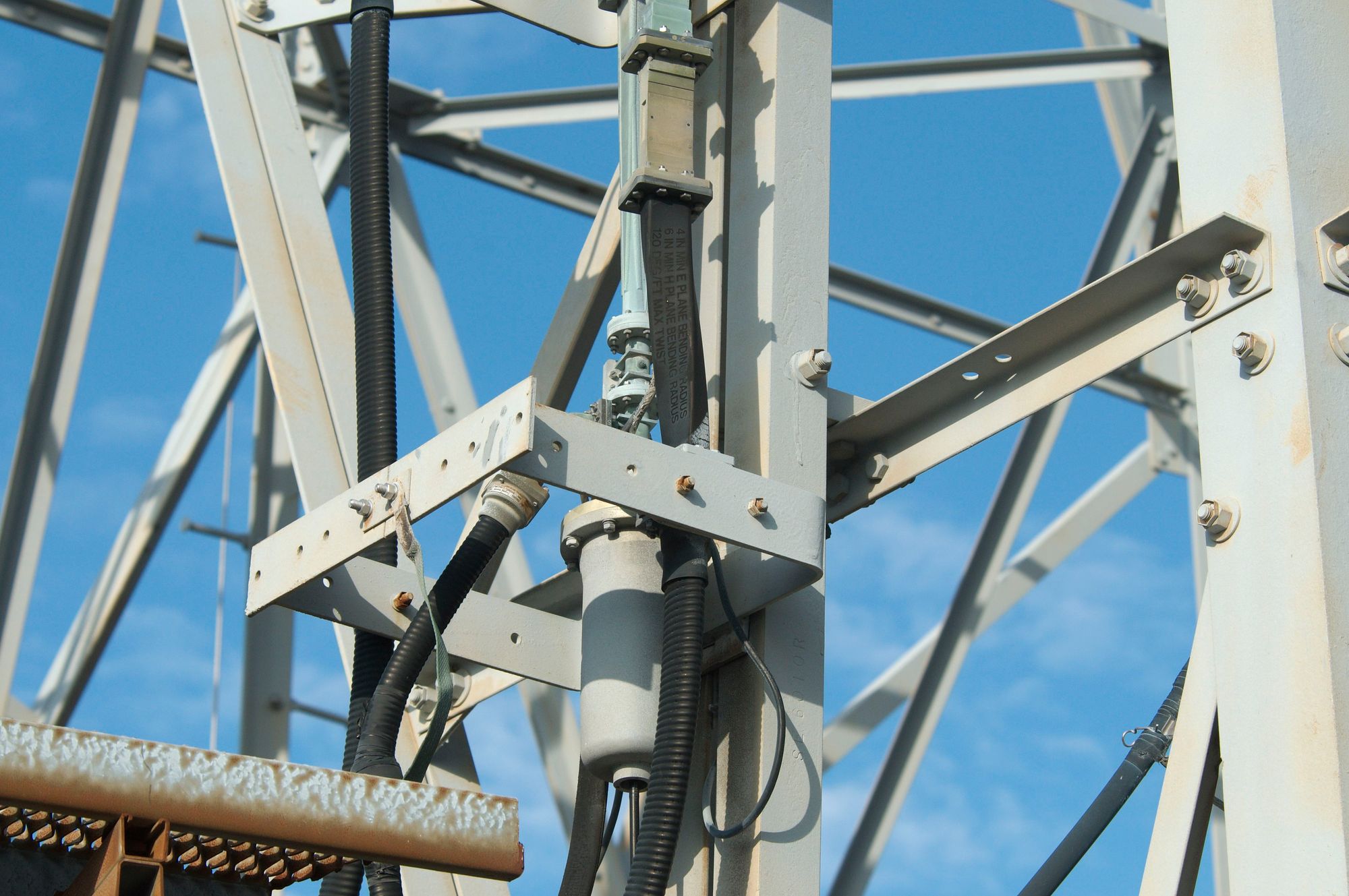An Ode to Waveguide

Waveguide, a hollow metal conduit designed to transport radio waves between two points, was developed in the early 20th century by George C. Southworth of AT&T. Its utilization spanned a wide range of applications, particularly in microwave communications and radar systems, where the transmission of high-frequency signals was imperative.
Waveguide boasted numerous advantages over alternative transmission lines, including minimal signal loss, exceptional power capacity, and immunity to interference. Nonetheless, the adoption of waveguide was hindered by certain limitations, such as its substantial size, weight, cost, and intricacy. This article delves into the historical background, operational principles, various types, and diverse applications of waveguide, while also addressing its waning popularity and potential resurgence in the context of 5G technology.
History of Waveguide
The concept of waveguide can be traced back to the 19th century when James Clerk Maxwell predicted the existence of electromagnetic waves and Heinrich Hertz demonstrated their generation and detection. Maxwell's equations, which describe the behavior of electromagnetic waves, showed that these waves could propagate through space. However, it was soon realized that guiding these waves along a specific path could greatly enhance their usefulness in various applications.
In the early 20th century, scientists began to explore the idea of confining and directing electromagnetic waves using various structures. One of the first practical implementations of this concept was the coaxial cable, which consisted of a central conductor surrounded by a concentric metal tube. This design allowed for the transmission of high-frequency signals over long distances with minimal loss.
However, as the demand for higher frequencies and faster data transmission increased, the limitations of coaxial cables became apparent. The high attenuation and signal degradation at higher frequencies led to the development of a new type of waveguide.
It was not until the 1930s that practical waveguides were successfully developed by esteemed researchers, namely George C. Southworth at AT&T Bell Labs and Wilmer L. Barrow at MIT. They recognized the potential of guiding radio waves along a hollow metal pipe, whose diameter was comparable to their wavelength. As a result, they were able to transmit microwave signals over extensive distances, experiencing minimal loss and distortion.
One of the first applications of waveguide was for telephone communications across the Atlantic Ocean. In 1946, AT&T built a transatlantic microwave relay system called Project Diana that used waveguides to connect parabolic antennas on both sides of the ocean. This system could carry up to 36 telephone channels at a frequency of 3 GHz. Another early application of waveguide was for radar systems during World War II. Waveguides allowed radar signals to be transmitted and received with high efficiency and accuracy.
Working Principle of Waveguide
A waveguide is essentially a transmission line that guides electromagnetic waves along its length. Unlike conventional transmission lines such as coaxial cables or parallel wires that have two conductors separated by an insulator (dielectric), a waveguide has only one conductor (the metal pipe) surrounded by air or vacuum (the dielectric). The metal pipe acts as a boundary that reflects the electromagnetic waves inside it.

A waveguide is a structure that confines and guides electromagnetic waves along a specific path, typically made of a metallic or dielectric material. It operates based on the principle of total internal reflection, where the waves are reflected back into the waveguide rather than being transmitted through the surrounding medium.
Waveguides have numerous advantages over other transmission mediums, such as coaxial cables or free space propagation. They offer low loss, high power handling capabilities, and excellent electromagnetic shielding. These properties make waveguides ideal for applications that require high-frequency transmission, such as radar systems, satellite communications, and microwave ovens.
Technical Deep Dive
If this doesn't interest you, feel free to skip down to the next sections.
The electromagnetic waves inside a waveguide can have different modes or shapes depending on their frequency and polarization. The most common mode is called TE10 (transverse electric), which means that the electric field is perpendicular to both the direction of propagation and the longer dimension of the rectangular cross-section of the waveguide.
The TE10 mode has a cutoff frequency below which it cannot propagate inside the waveguide. The cutoff frequency depends on the dimensions of the cross-section: fc = c / (2a), where c is the speed of light in vacuum and a is the width of the rectangular cross-section.
Other common modes in waveguides include TM modes (transverse magnetic), where the magnetic field is perpendicular to both the direction of propagation and the longer dimension of the cross-section. These modes also have cutoff frequencies, which depend on the dimensions of the waveguide.
In addition to the TE and TM modes, there are also hybrid modes, which have both electric and magnetic field components. These modes can be excited under certain conditions and can exhibit unique characteristics.
The propagation of electromagnetic waves inside a waveguide is governed by Maxwell's equations, which describe the behavior of electric and magnetic fields. These equations, along with the boundary conditions at the waveguide walls, determine the allowed modes and their corresponding frequencies.
Types of Waveguide
Waveguides come in various shapes and sizes, depending on the desired frequency range and application. Rectangular waveguides, for example, are commonly used in microwave and millimeter-wave systems. They have a rectangular cross-section and can support a wide range of frequencies.
There are different types of waveguides based on their shape, material, or function. Some examples are:
Rectangular waveguides
These are the most common type of waveguides used for microwave communications and radar. They have a rectangular cross-section with two parallel sides called broad walls and two perpendicular sides called narrow walls. The broad walls determine the cutoff frequency and impedance of the TE10 mode.

Circular waveguides
These have a circular cross-section and can support both TE (transverse electric) and TM (transverse magnetic) modes. They have lower loss than rectangular waveguides but also lower bandwidth. Circular waveguides are commonly used in telecommunications, radar systems, and microwave devices. The circular shape allows for better propagation of electromagnetic waves, minimizing signal loss compared to rectangular waveguides.
Flexible waveguides
These are made of corrugated metal tubes that can bend or twist without affecting their performance. They are used for connecting rigid waveguides or antennas in complex configurations. Their flexibility enables them to be easily routed around obstacles, ensuring efficient signal transmission without compromising performance.
Dielectric waveguides
These are made of solid dielectric materials such as glass or plastic instead of metal pipes. They can carry optical signals with very low loss but require precise alignment and coupling to efficiently transmit light. Dielectric waveguides work based on the principle of total internal reflection, where light is confined within the core of the waveguide due to the difference in refractive index between the core and the cladding.
One of the key advantages of dielectric waveguides is their low loss characteristics. Unlike metal waveguides, which suffer from significant energy loss due to resistive losses, dielectric waveguides have minimal energy loss, allowing for efficient transmission of optical signals over long distances. This makes them ideal for applications such as telecommunications, fiber optics, and integrated photonics.
However, dielectric waveguides also come with some challenges. Precise alignment and coupling are crucial for efficient transmission of light through the waveguide. Any misalignment or imperfection can result in signal loss or degradation. Therefore, careful design and fabrication are required to ensure optimal performance.
In addition to their low loss characteristics, dielectric waveguides offer other advantages over traditional metal waveguides. They are immune to electromagnetic interference (EMI) and do not suffer from signal degradation caused by external electromagnetic fields. Dielectric waveguides also have a higher power handling capacity, making them suitable for high-power applications.
Applications of Waveguide
Waveguides have found extensive utility in diverse applications that necessitate the transmission of high-frequency signals, including but not limited to the following:
Microwave communications
Waveguides exhibit the capability to efficiently convey multiple channels of voice or data across extensive distances while minimizing attenuation and interference. Consequently, they are frequently employed for establishing point-to-point connections between edifices or towers, as well as for facilitating satellite communications.
Radar
Waveguides enable the transmission and reception of radar signals with exceptional power and resolution. Consequently, they find wide-ranging employment in both military and civilian domains, encompassing air traffic control and weather forecasting applications.
Microwave ovens
Waveguides serve as conduits for effectively conveying microwave energy emitted by a magnetron to the cooking chamber, thereby facilitating the cooking process.
5G, Waveguide Reborn
Use of waveguide has increased in modern times with the adoption of 5G technology, and some waveguide elements may be in your mobile phone right now. 5G networks require higher frequencies and faster data rates, which means that traditional transmission methods, such as coaxial cables, may not be as effective. Waveguides, on the other hand, can handle these higher frequencies with minimal signal loss and interference.
Manufactured waveguide for 5G applications can be purchased today, with the market seeming to only increase with mmWave technology adoption increasing, and the limits of coxial being reached with the higher frequency requirements.
In Conclusion
In recent years, waveguide technology has continued to advance, with the development of new materials and fabrication techniques. This has led to the miniaturization of waveguides, allowing for their integration into compact electronic devices such as smartphones and wearable technology.
Waveguide may not be as common as it once was, but it still deserves our respect and admiration for its role in radio communications history. Waveguide was a pioneer in transmitting high-frequency signals over long distances with high efficiency and reliability. It enabled many breakthroughs in science, engineering and society that we enjoy today.